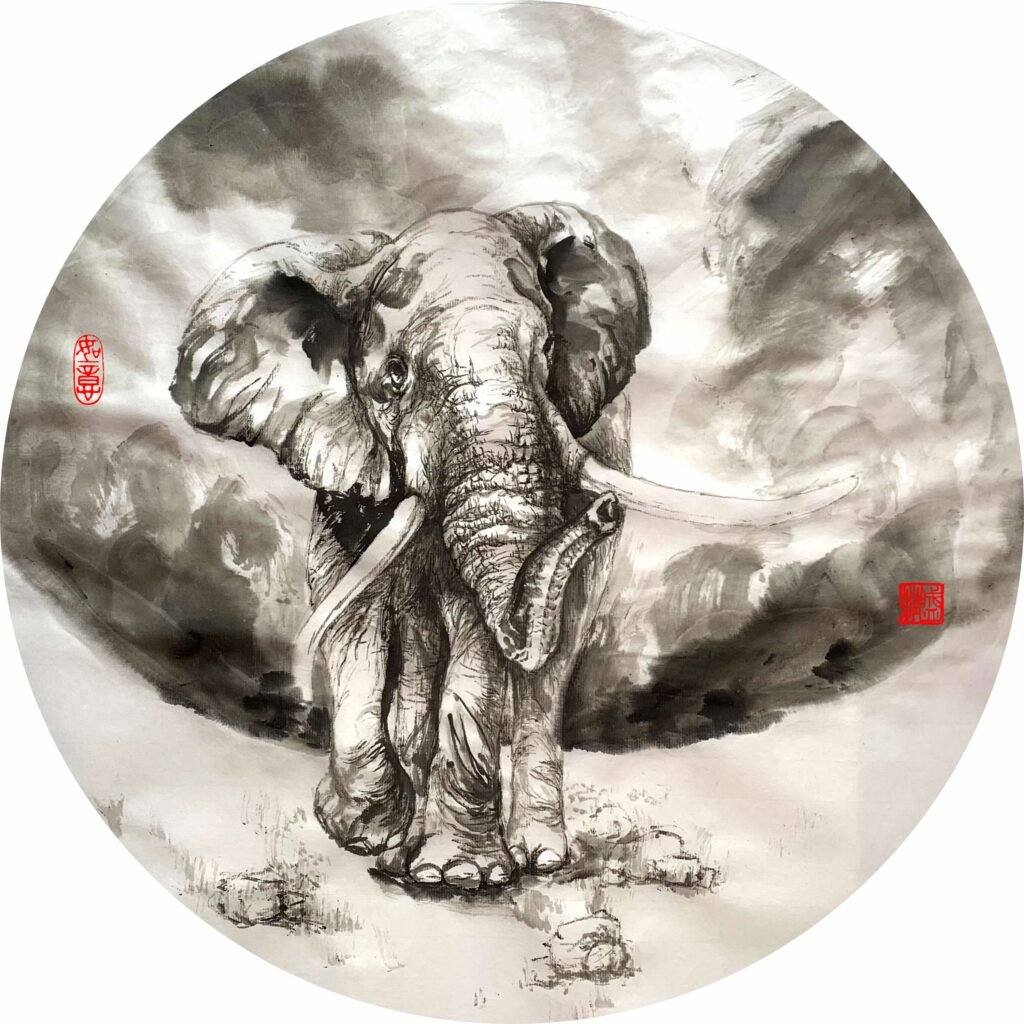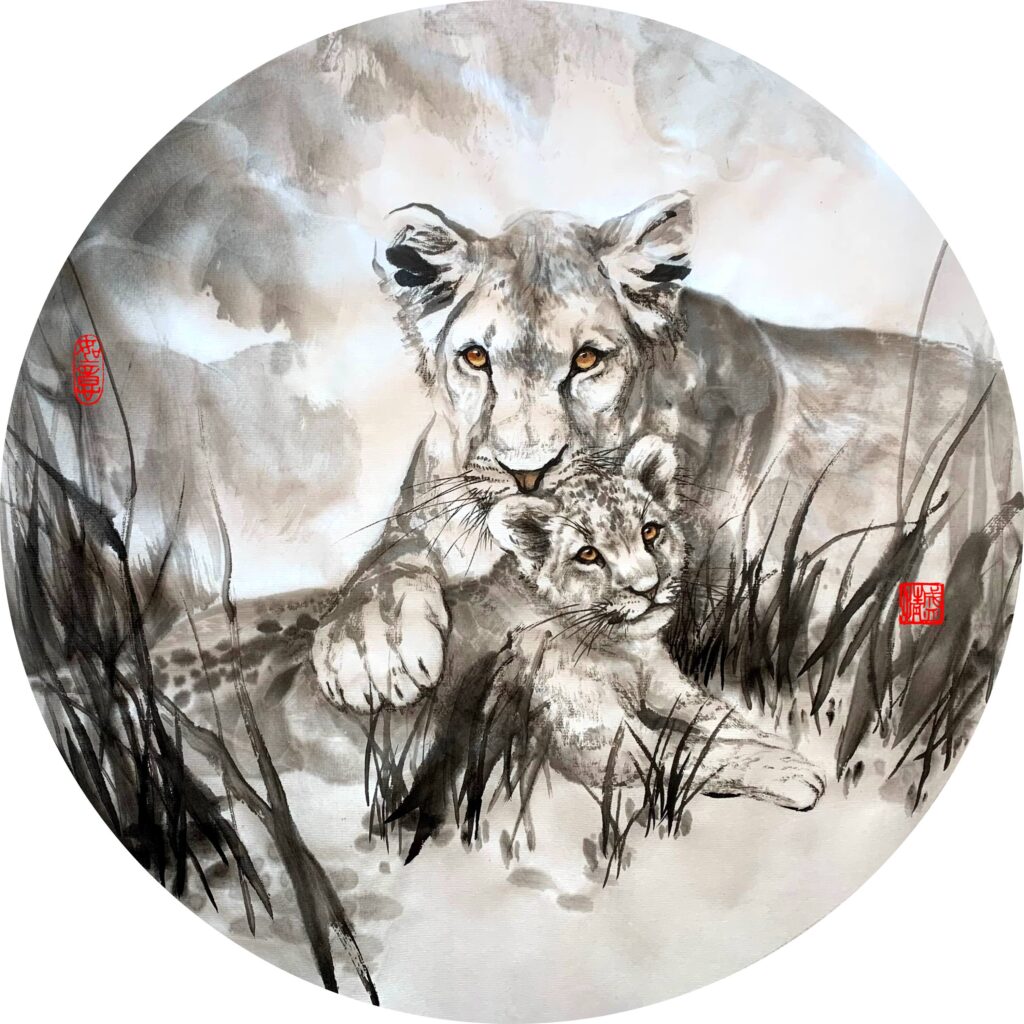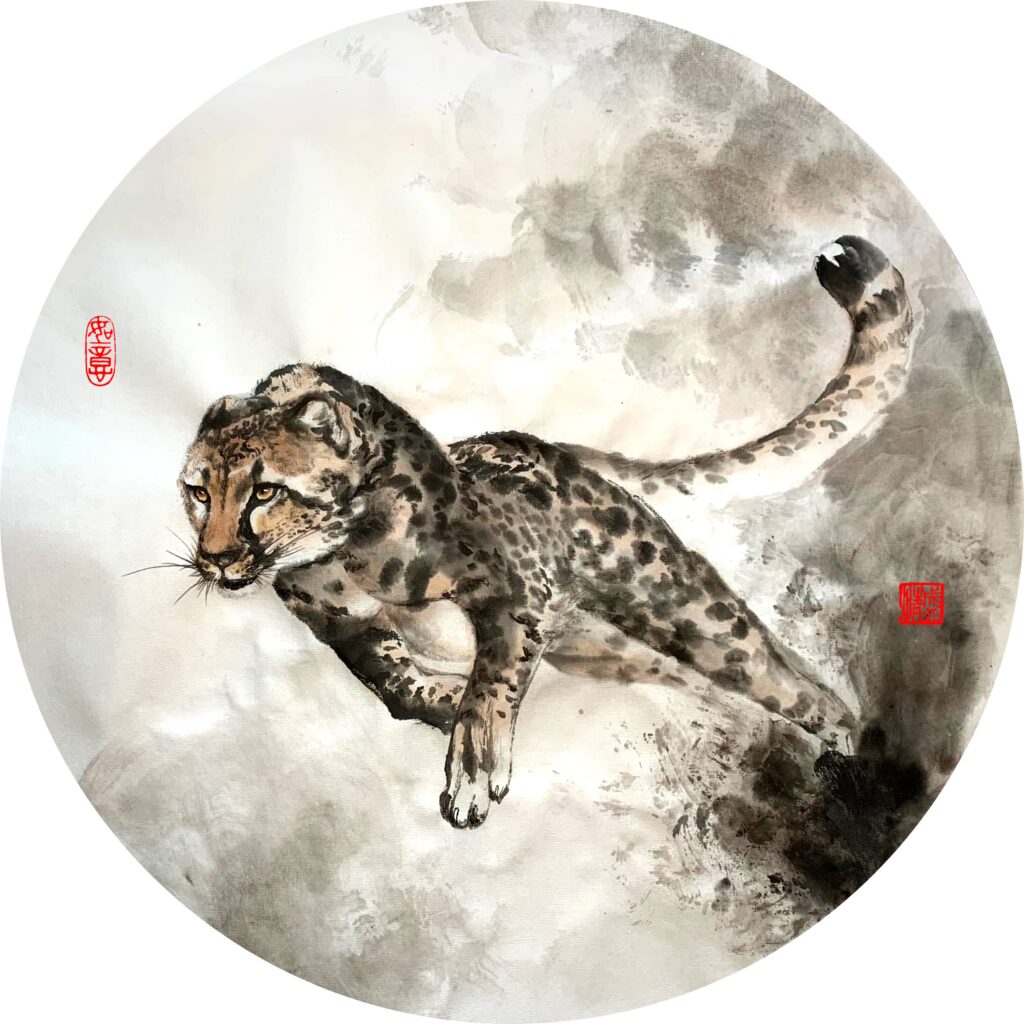Amongst the Four Gentlemen Plants and the Three Friends of the Winter, bamboo is one of the overlapping images. These groupings are both collections of symbolic flowers and plants that represent a certain characteristic that men admire. Bamboo, 竹 (zhu) in Chinese, is rather special, in the various ancient painting theories it has also been listed as an independent subject, demonstrating its significance in society and in people’s heart.
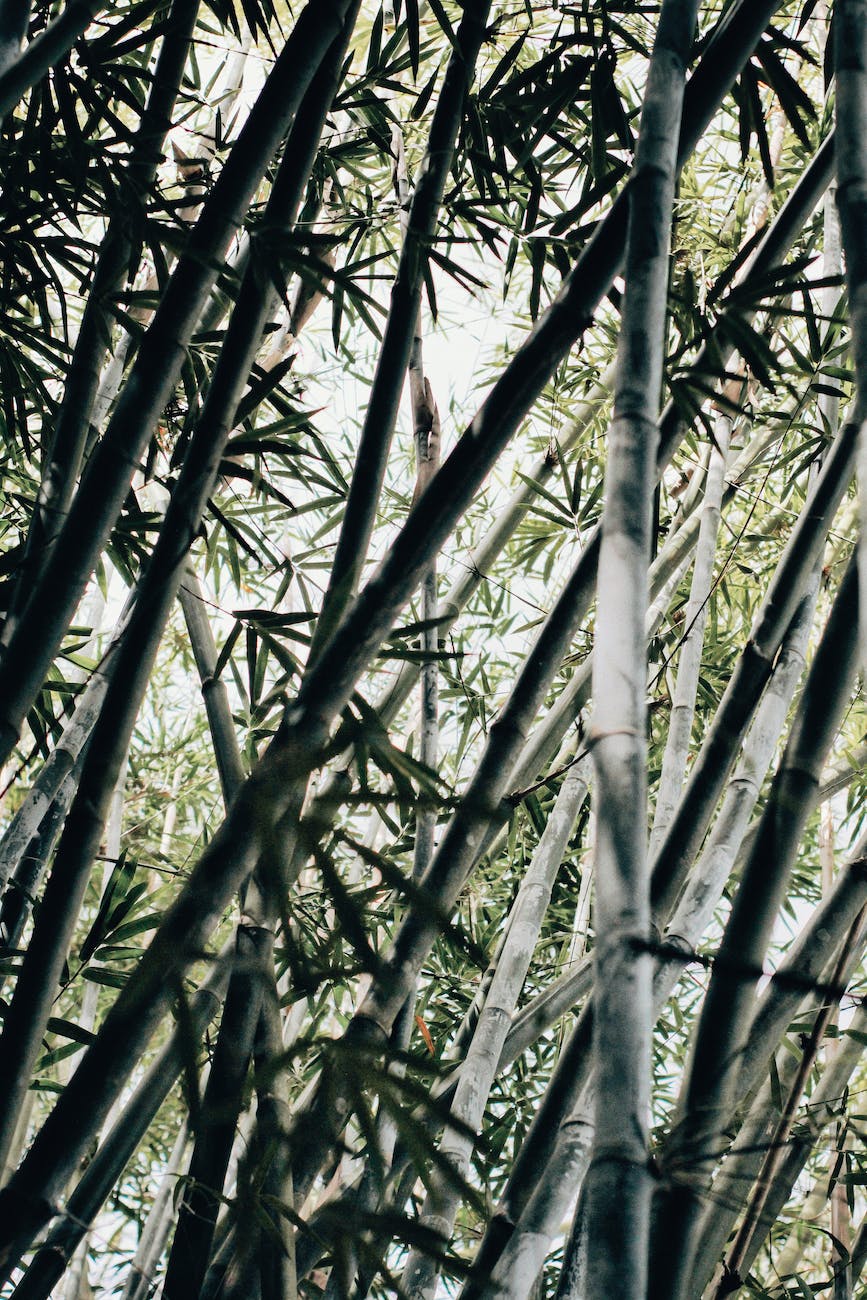
[icegram campaigns=”7414″]
Even though common, bamboo is loaded with cultural notions, and in the mind of the literati scholars, bamboo could never be replaced. One of the most famous scholars of the Song Dynasty, Su Dongpo, once wrote (I attempt to translate here): not eating meat will make people thin, but not having bamboo will make people vulgar. It is easy to gain weight again, but there is no cure for vulgarity. Harsh as it sounds, the message is loud and clear – to maintain elegance, one has to be surrounded by bamboo and bamboo like people. What kind of people are these?
Bamboo was given characteristics and personalities that resemble the most virtuous people. In fact people in the eastern societies love learning from various aspects of nature, including flowers and plants. Bamboo is seen to be shooting straight into the sky, never bending. It is gentleman like, standing with integrity and behaving courteously. Bamboo has joints, in Chinese these joints are called “节” (jie), also referring to integrity and a positive energy. Bamboo stays green in colder seasons, a reflection of its perseverance. Bamboo is hollow on the inside, a sign of modesty and broad-mindedness. Bamboo is tidy, clean, and elegant, giving people the impression that it is honest. There are more aspects but you get the idea, all these above mentioned characteristics can be human traits, and when somebody has all these qualities in him or herself, this person must be a good model from whom the others should learn.

The practice of comparing people with bamboo started already in the early Qin Dynasty ( -221BC). The great philosopher Zhuang Zi (369BC-286BC) in his articles wrote the baby phoenix fed on bamboo fruit only, unintentionally gave the reputation of bamboo a boost, because the phoenix is an elegant bird, and therefore the food it eats has to be elegant too. The connection between literati scholars, the social elites, and bamboo was reinforced in the periods leading up to the Tang Dynasty. The Seven Sages of the Bamboo Grove was formed in the 3rd Century, composing of scholars of literature, writers, and musicians. These people resided in the town known for its bamboo forest (no concrete proof), and therefore came the name of the group. These scholars expressed themselves in inferred ways, using symbolism, comparison, or myth to tell the world in an ironic way that they were frustrated towards the system and crude ruling.
In the collection of Tang Poetry (全唐诗) of the alleged 49,403 (some poems are considered not genuine) poems, the bamboo as a single subject covered 1,000 of them, a rather significant number. Most poets used the image of bamboo to express their admiration of its qualities, every single one mentioned above.

The Song Dynasty was the most prosperous time of bamboo culture, and painting accompanied poetry had became a common method of expression. One of the most noteworthy artists of the time was Wen Tong, who was known to be able to paint two differently shaded bamboo using both hands simultaneously. The tradition of bamboo painting lasted until today, and as Ni Zan (a great Yuan Dynasty painter) said, my bamboo painting may not look like the real one, but so what? I paint bamboo as an outlet, and I cannot care less about whether it is straight, bent, or whether the leaves are prosperous. I think Ni has indeed captured the true essence of the bamboo spirit after all.
Our Courses
-
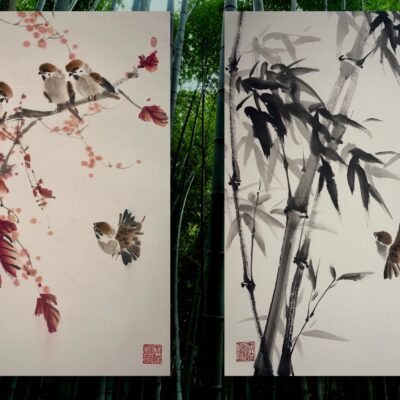 Bamboo & Sparrow Painting Course
Bamboo & Sparrow Painting Course -
 Cat Painting Course
Cat Painting Course -
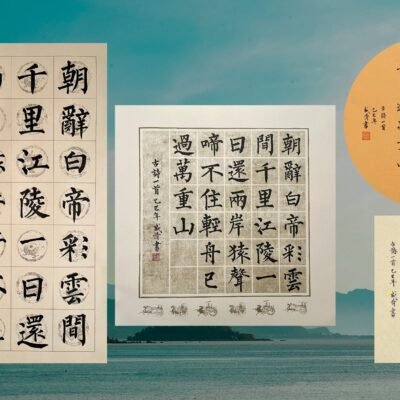 Chinese Calligraphy Regular Script Masterclass
Chinese Calligraphy Regular Script Masterclass -
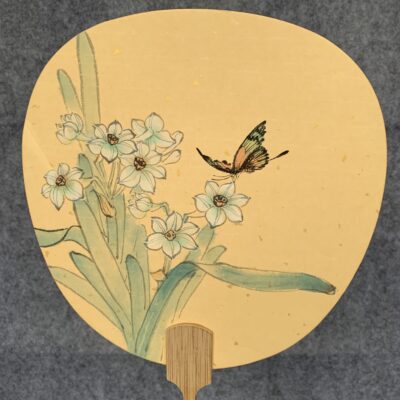 Daffodil & Butterfly Fan Painting Course
Daffodil & Butterfly Fan Painting Course -
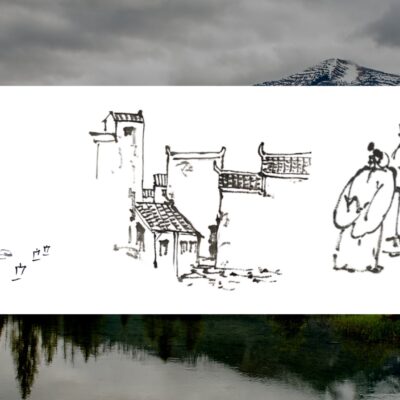 Landscape Scenery Painting Course
Landscape Scenery Painting Course -
 Magpie & Plum Blossom Freehand Painting
Magpie & Plum Blossom Freehand Painting -
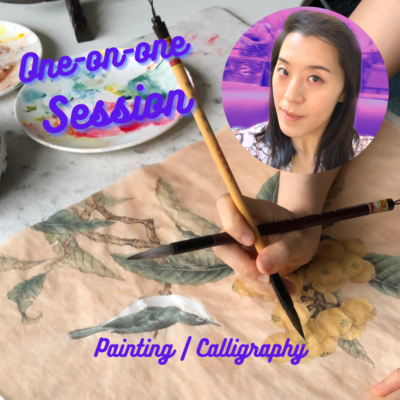 One-on-one Sessions
One-on-one Sessions -
 Panda Ninja Ink Art Club
Panda Ninja Ink Art Club -
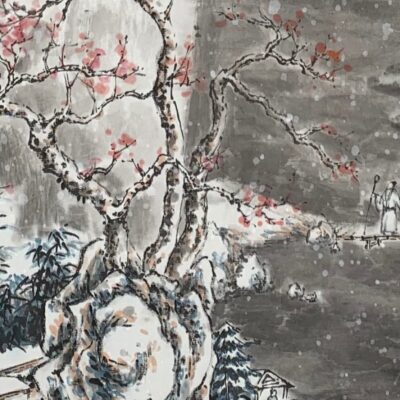 Snow Landscape Painting Course
Snow Landscape Painting Course -
 Gonngbi Painting (1) – Introduction & Lily Flower
Gonngbi Painting (1) – Introduction & Lily Flower -
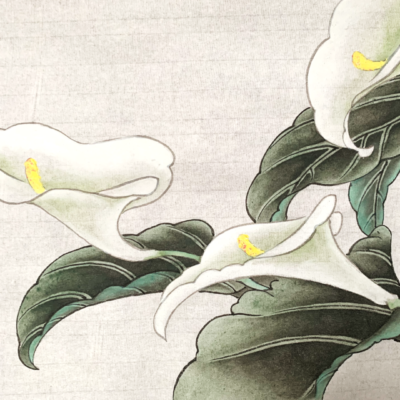 Gongbi Painting (2) – Calla Lily
Gongbi Painting (2) – Calla Lily -
 Gongbi Painting (5) – Camellia Flower & Bird
Gongbi Painting (5) – Camellia Flower & Bird -
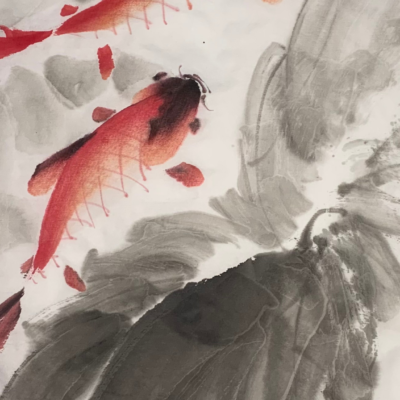 Fish Painting Course
Fish Painting Course -
 Grapes and Bees Painting Course
Grapes and Bees Painting Course -
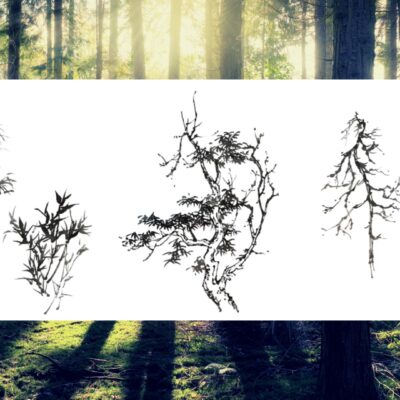 Landscape Tree Painting Course
Landscape Tree Painting Course -
 Chicken Painting Course
Chicken Painting Course
Buy Artworks | Learn Brush Painting | Learn Chinese Calligraphy
